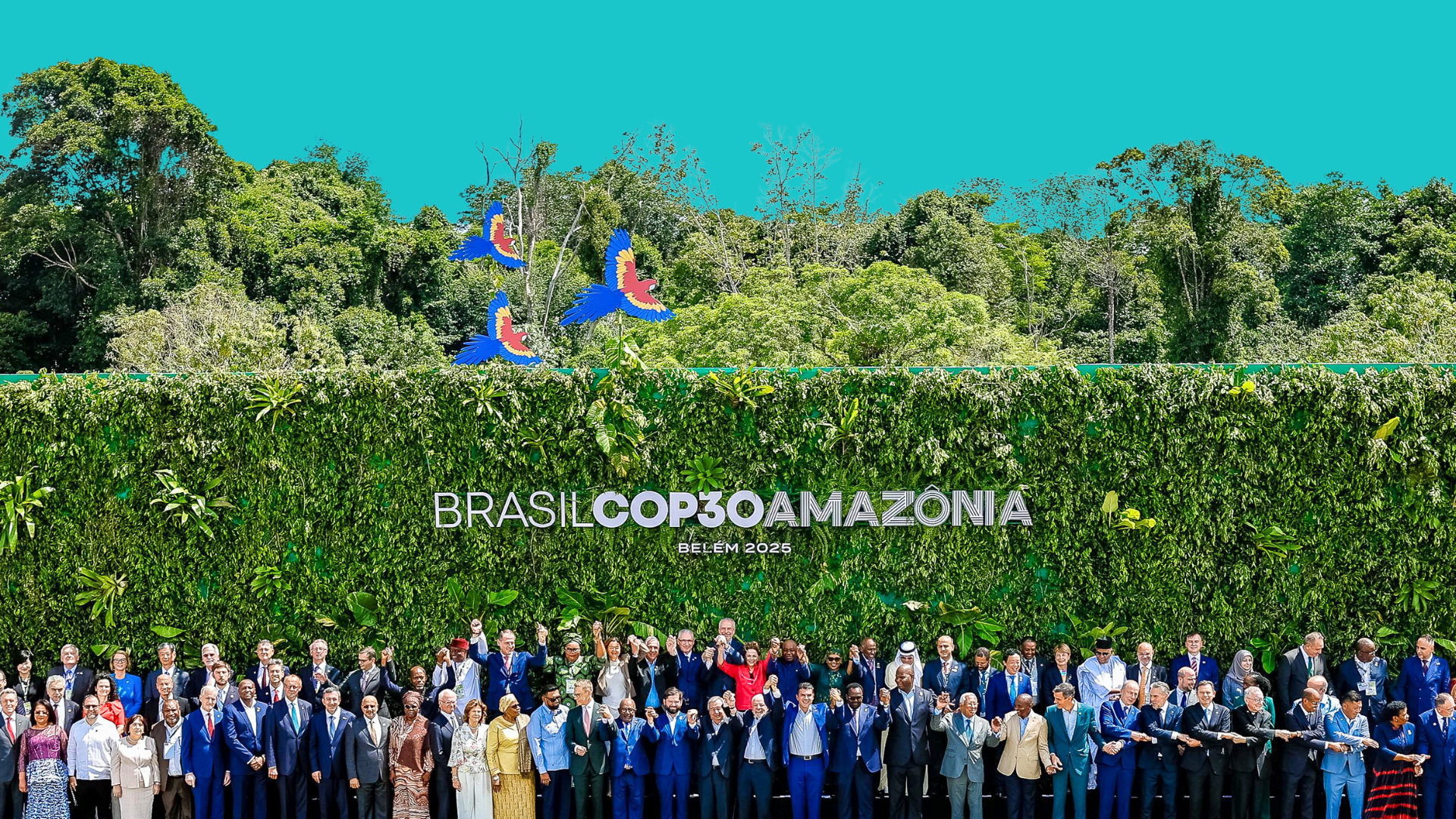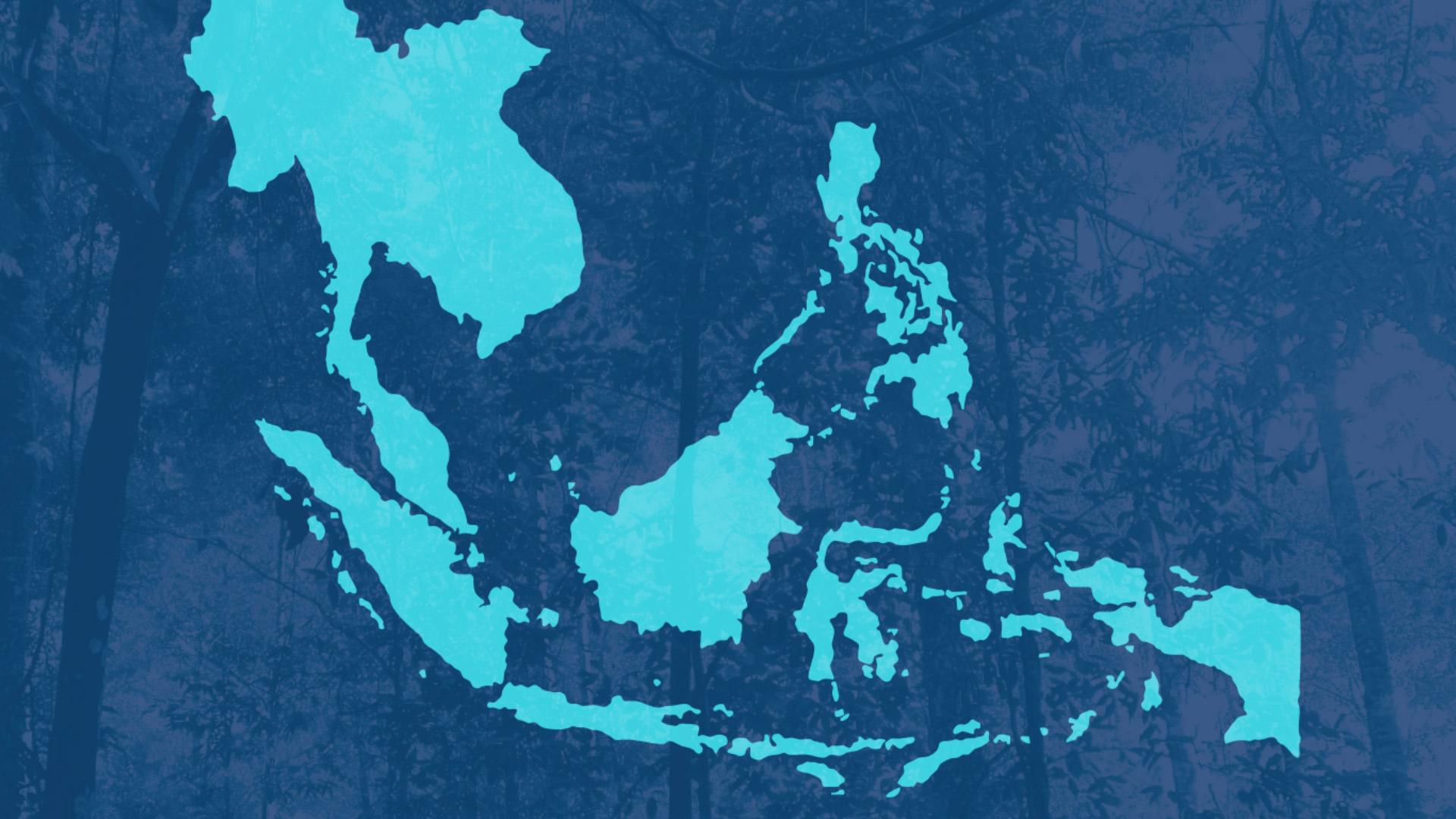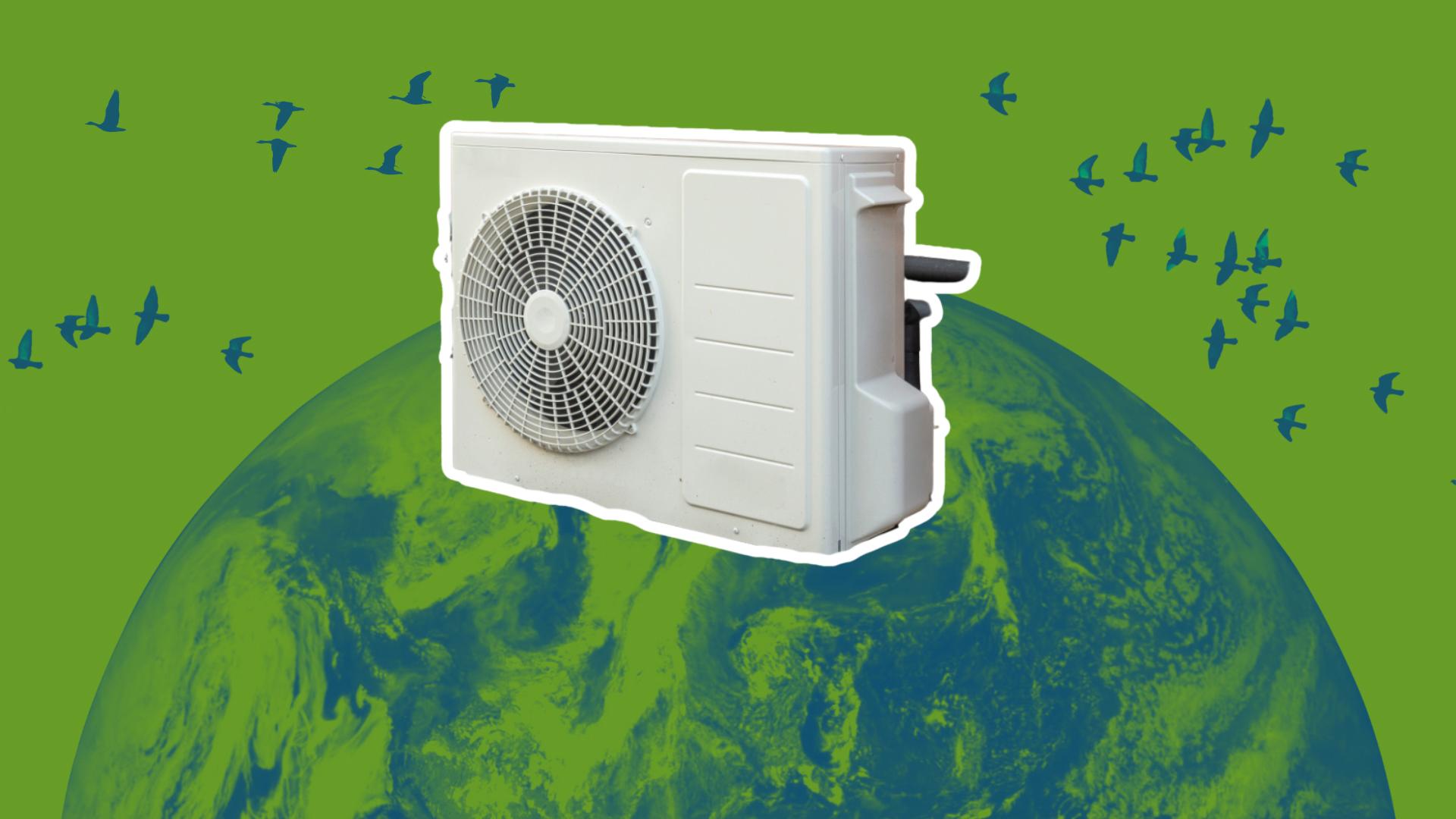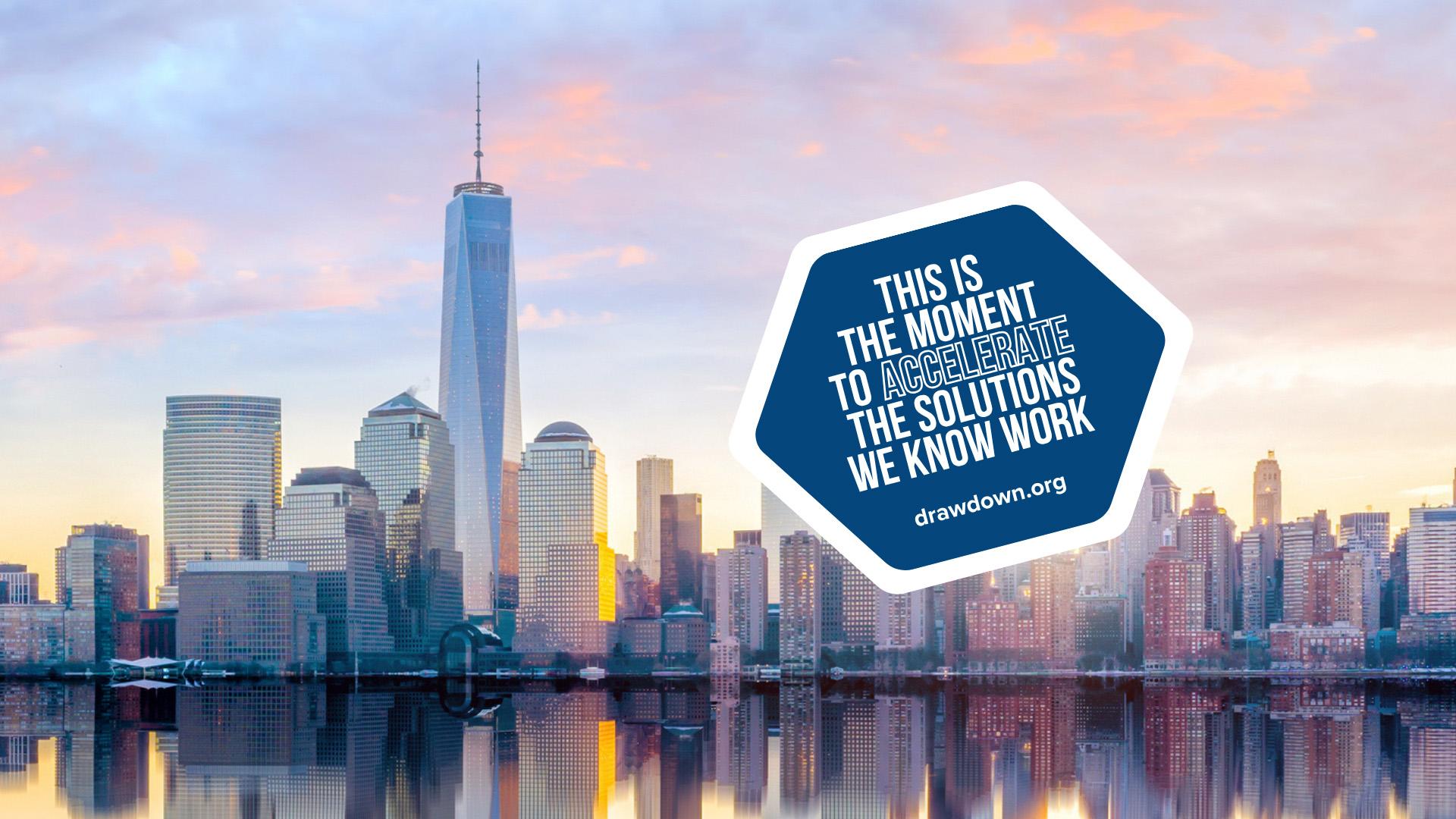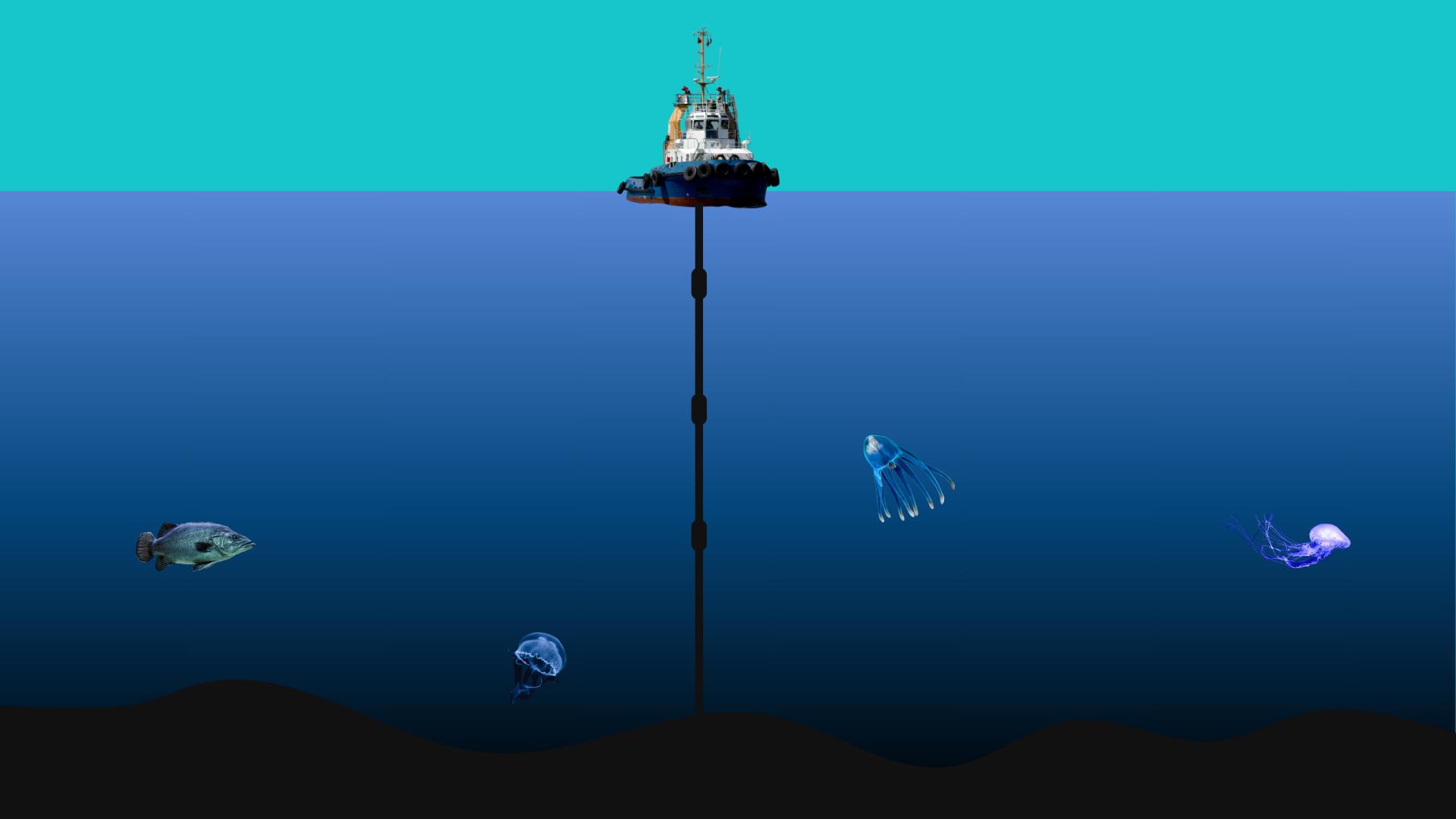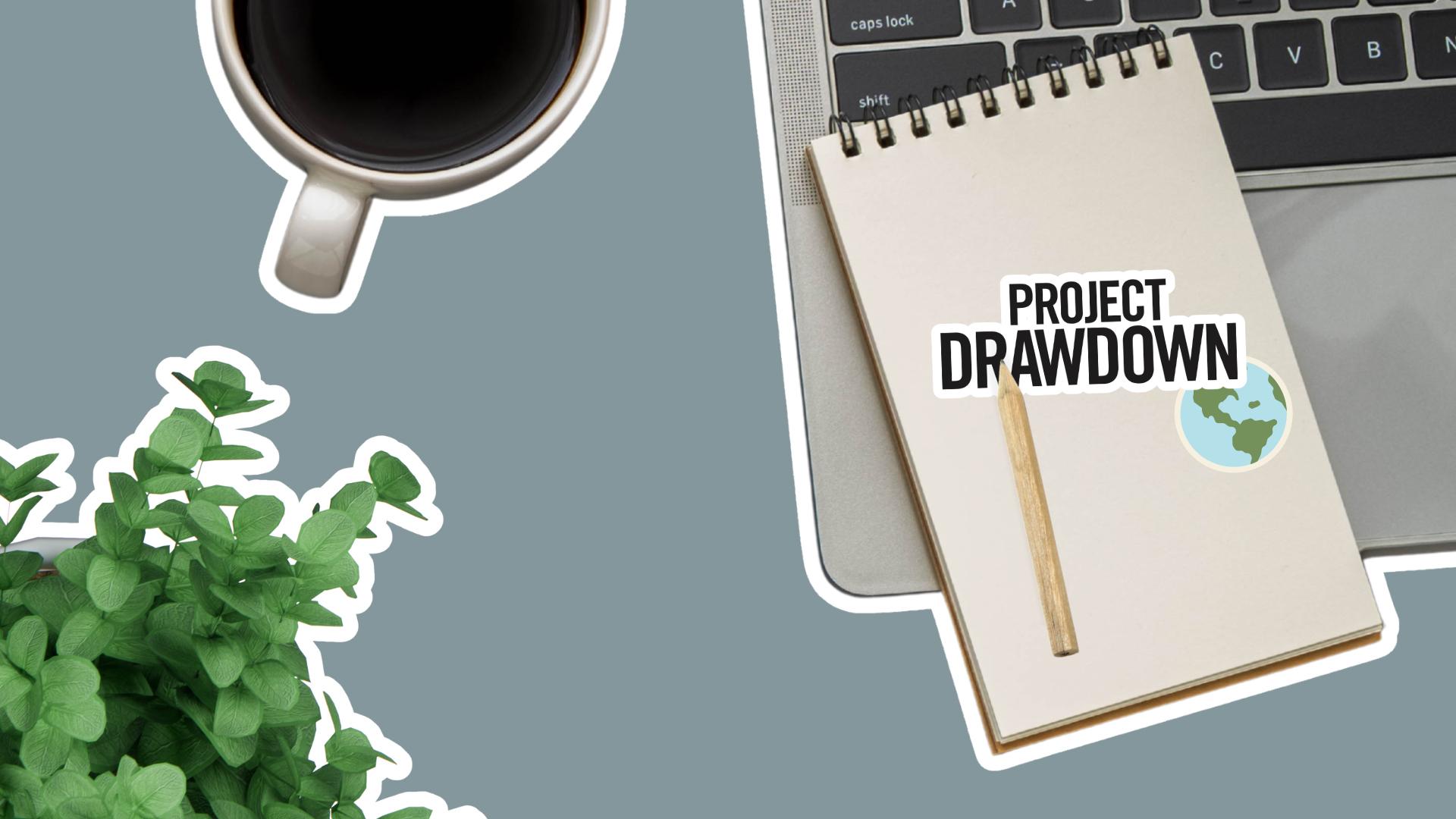Support Climate Action
Drawdown Delivered
Join the 85,000+ subscribers discovering how to drive meaningful climate action around the world! Every other week, you'll get expert insights, cutting-edge research, and inspiring stories.
Receive biweekly email newsletter updates from Project Drawdown. Unsubscribe at any time.


